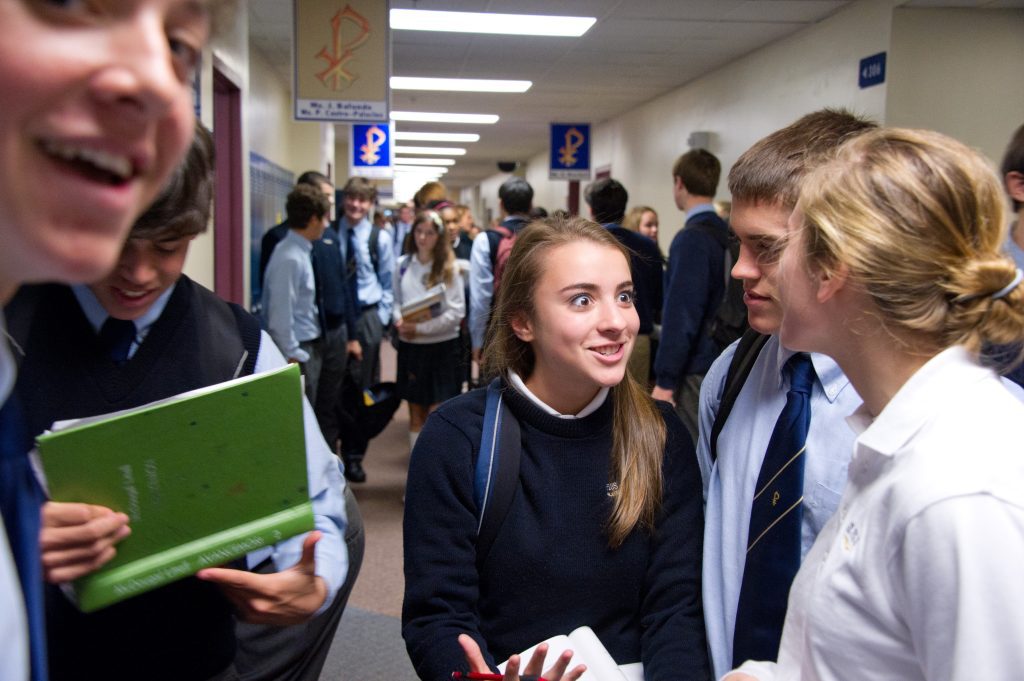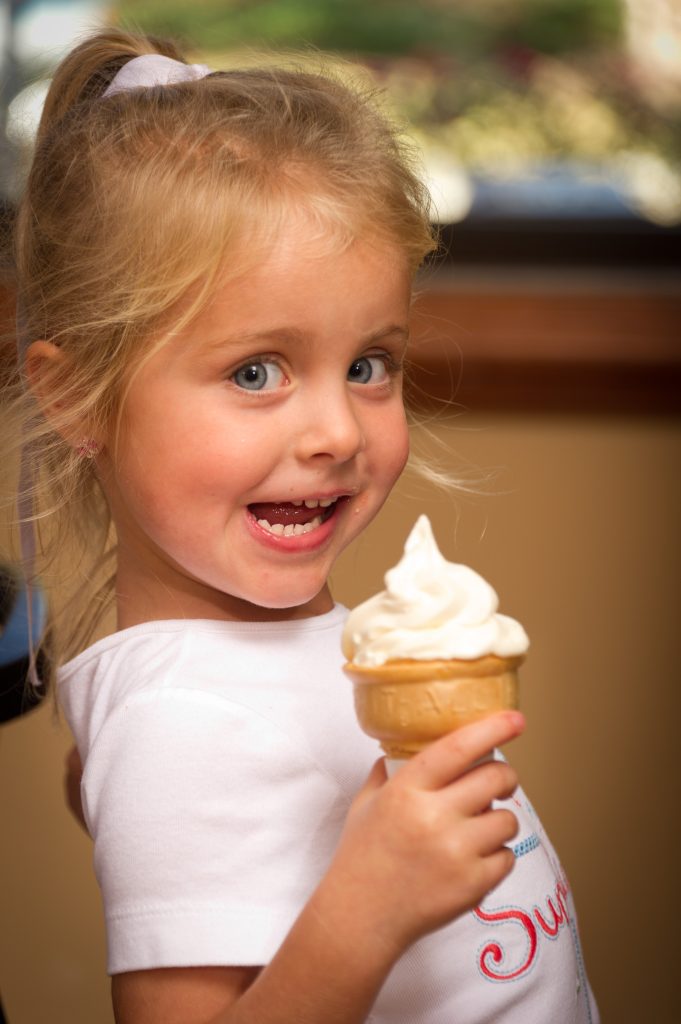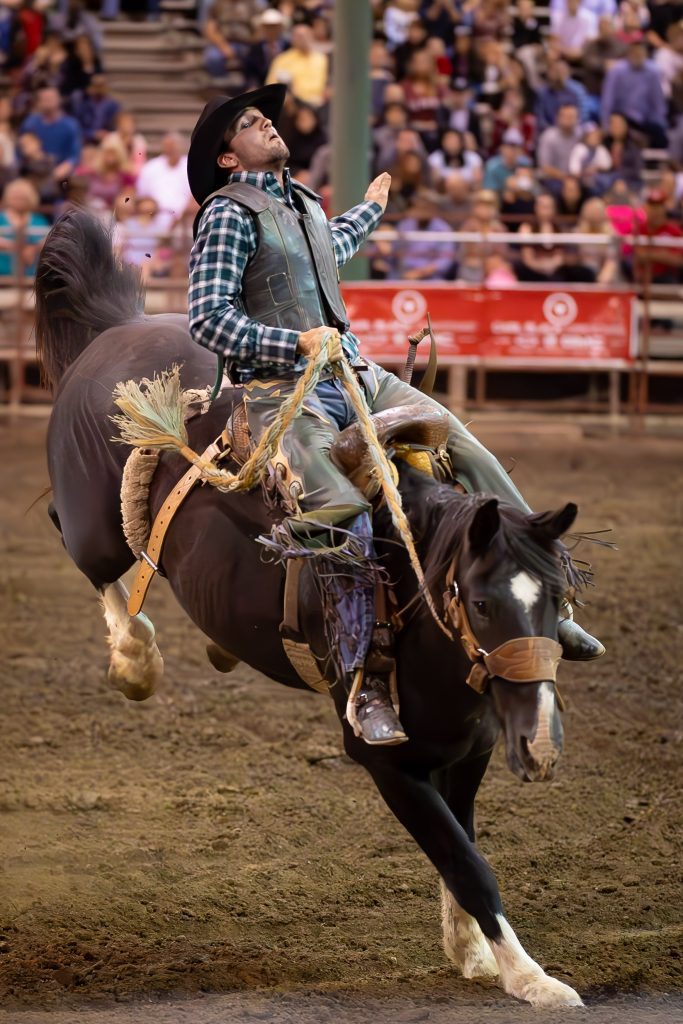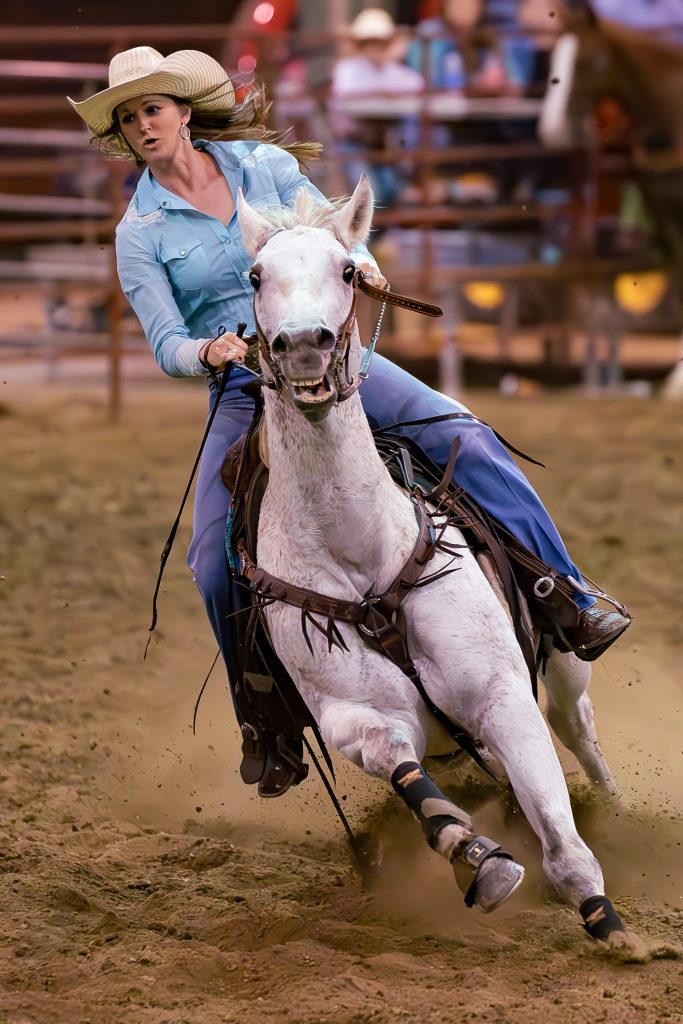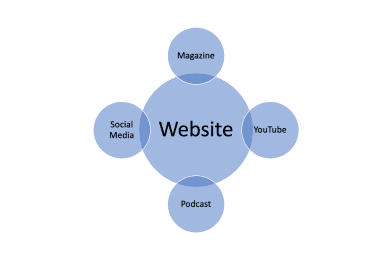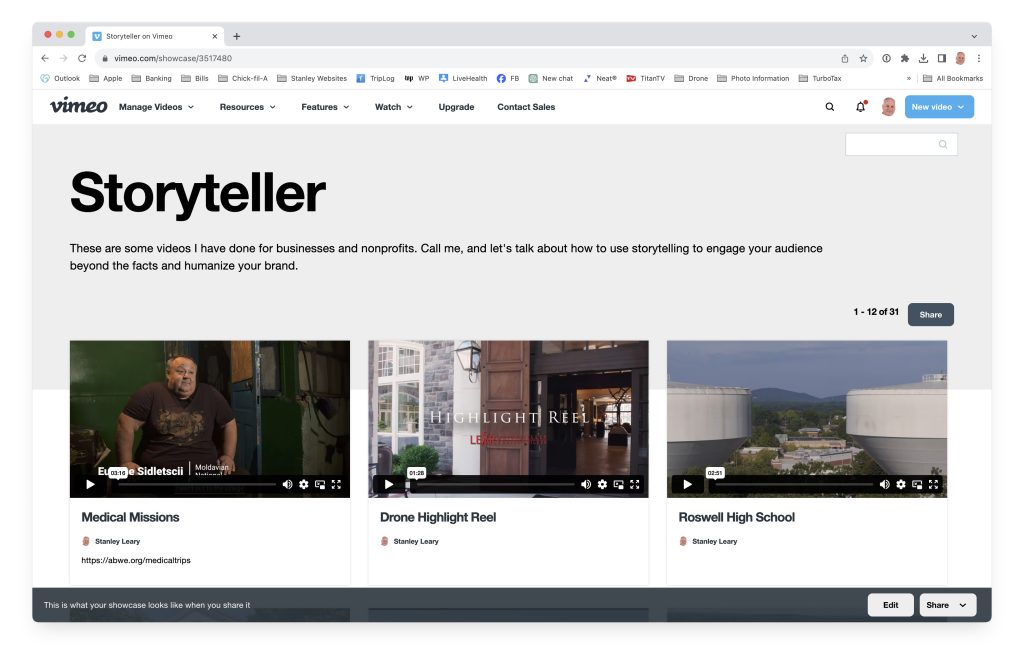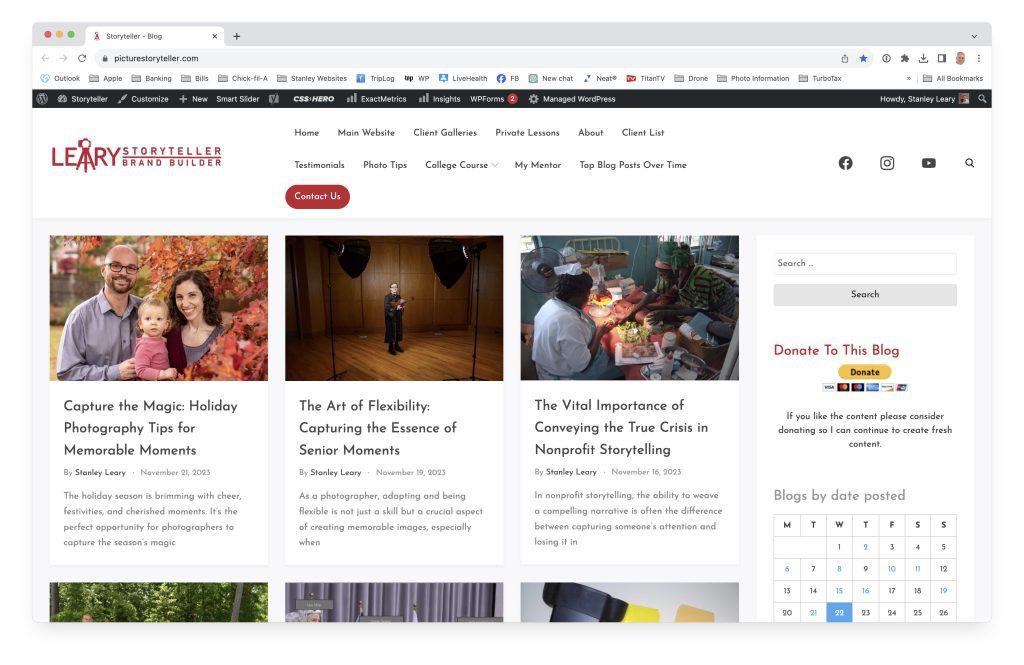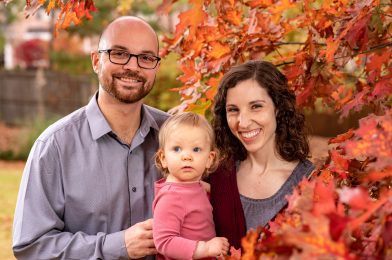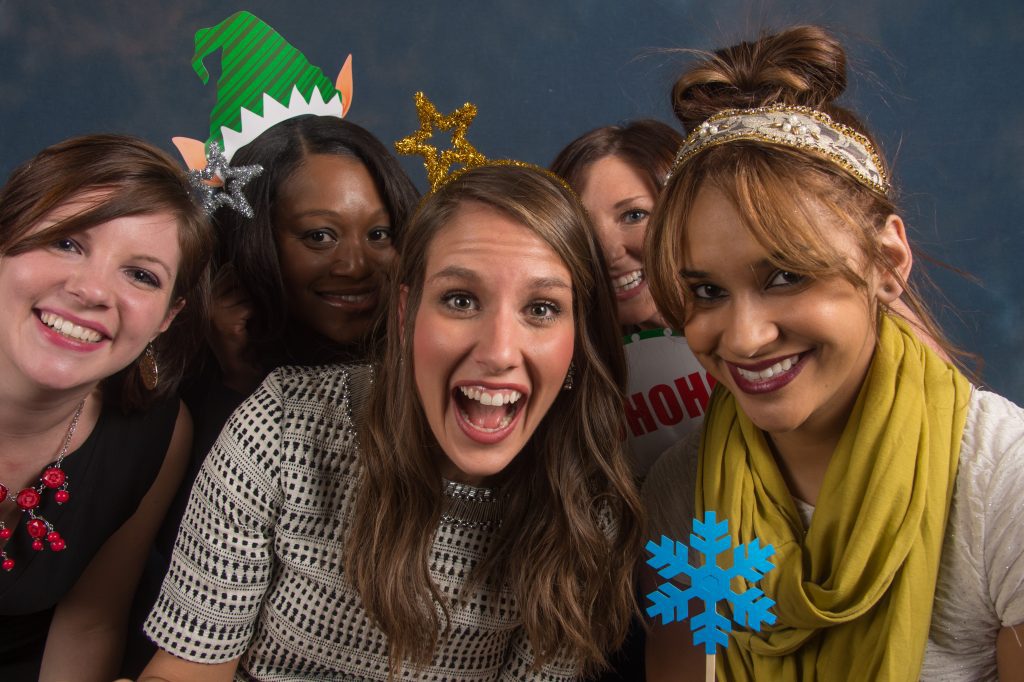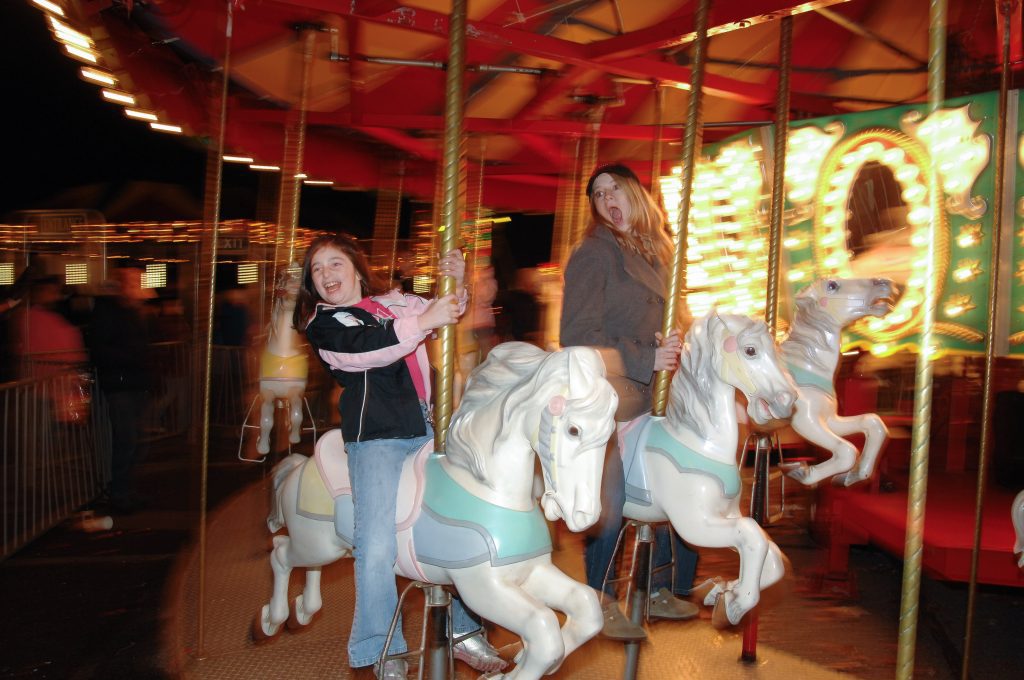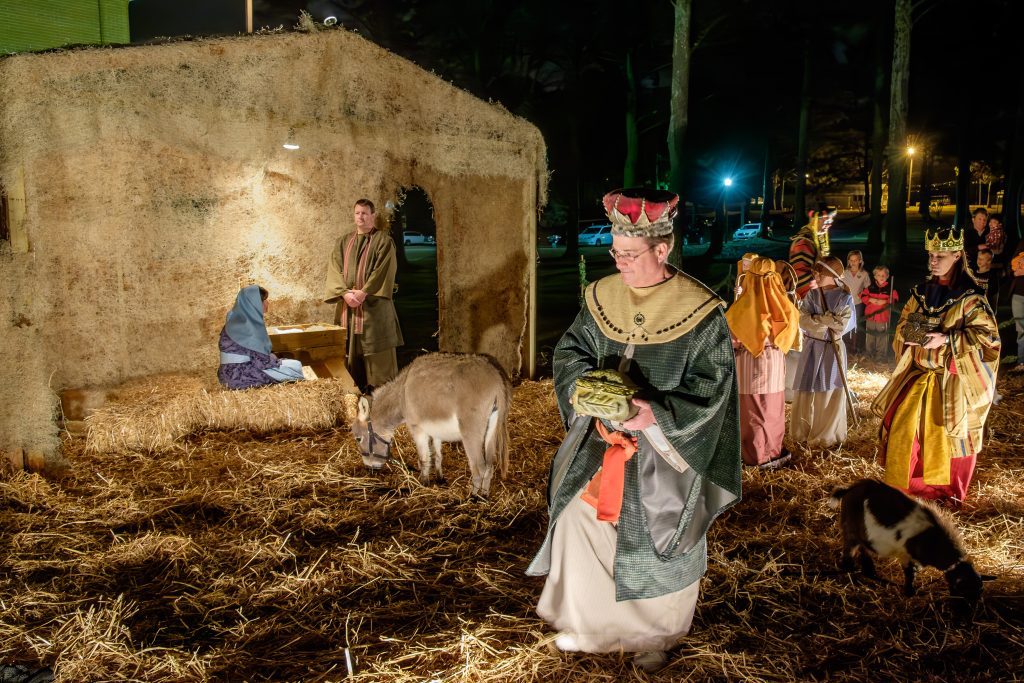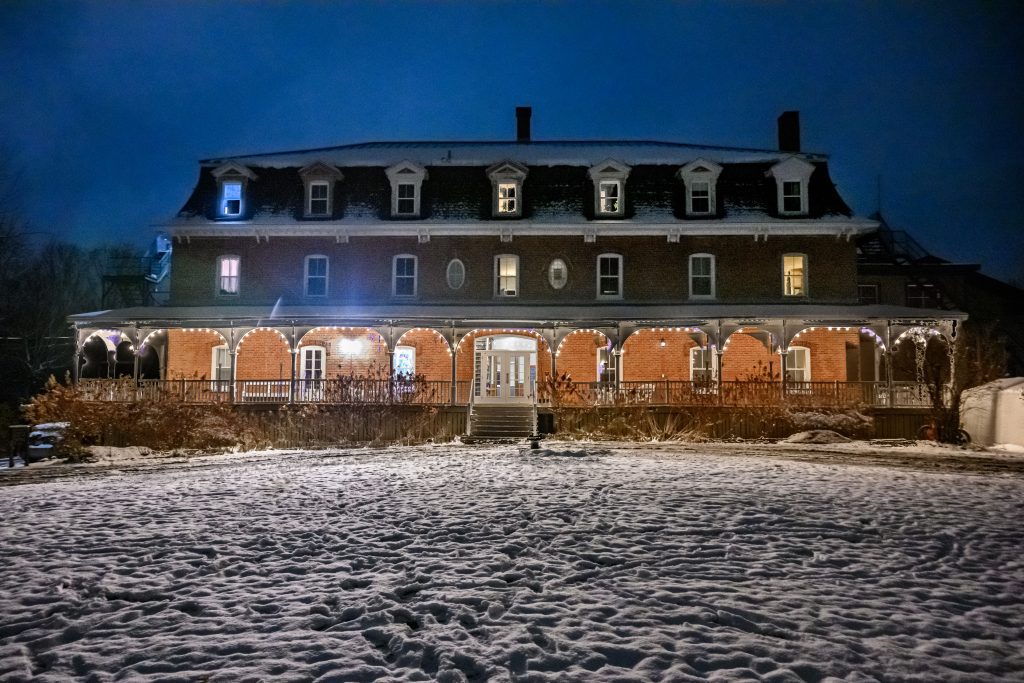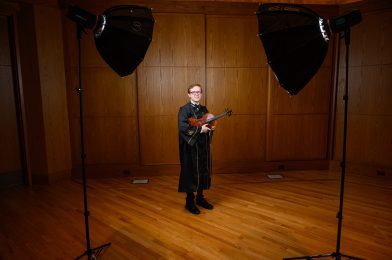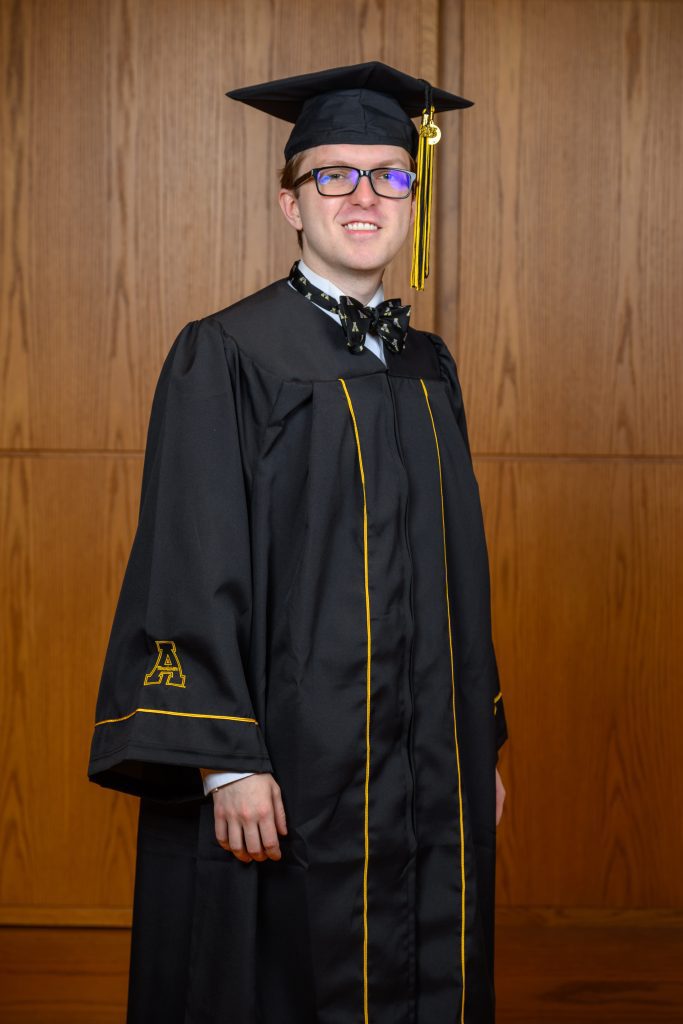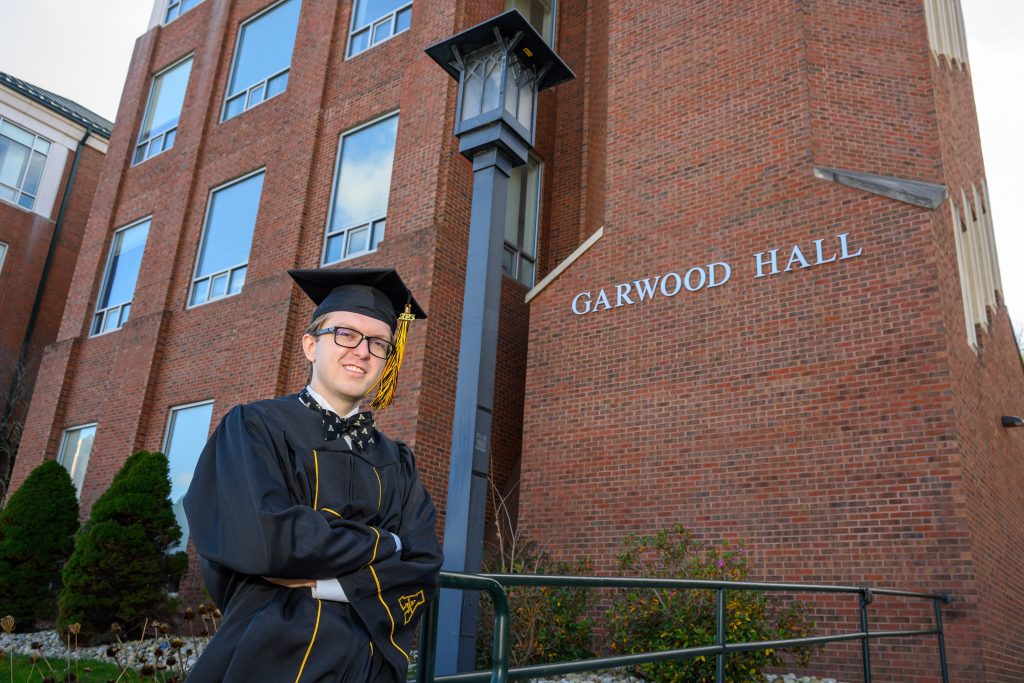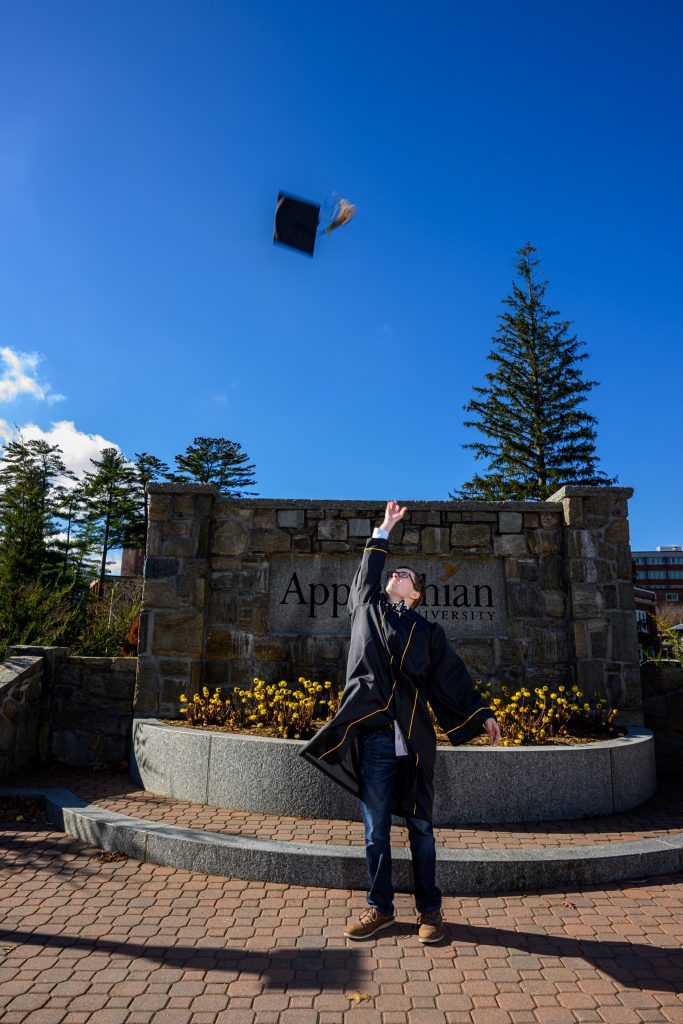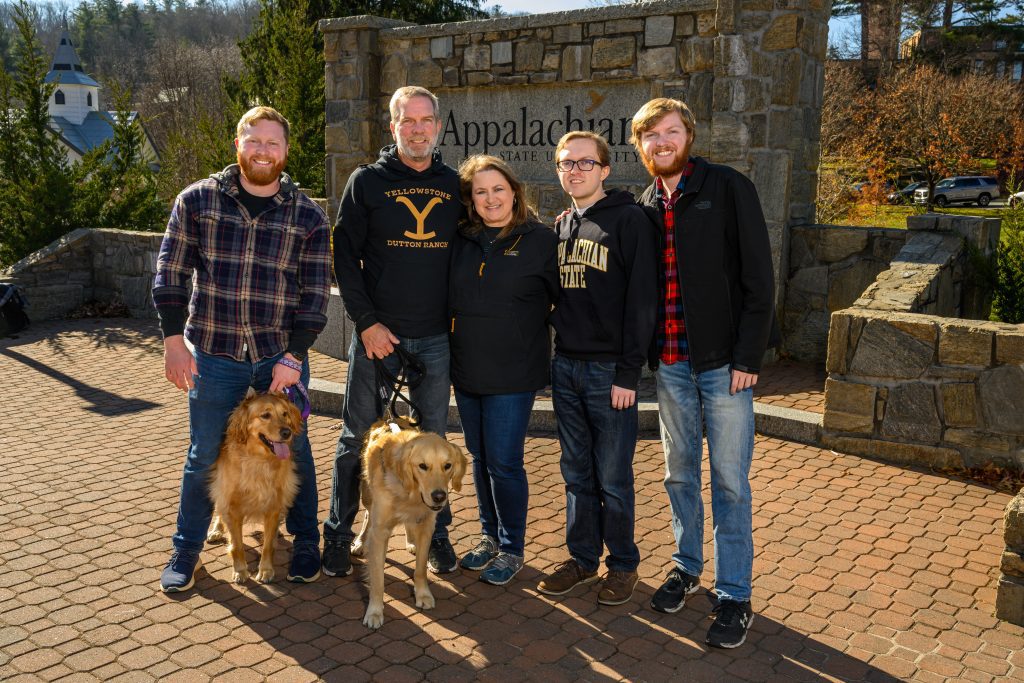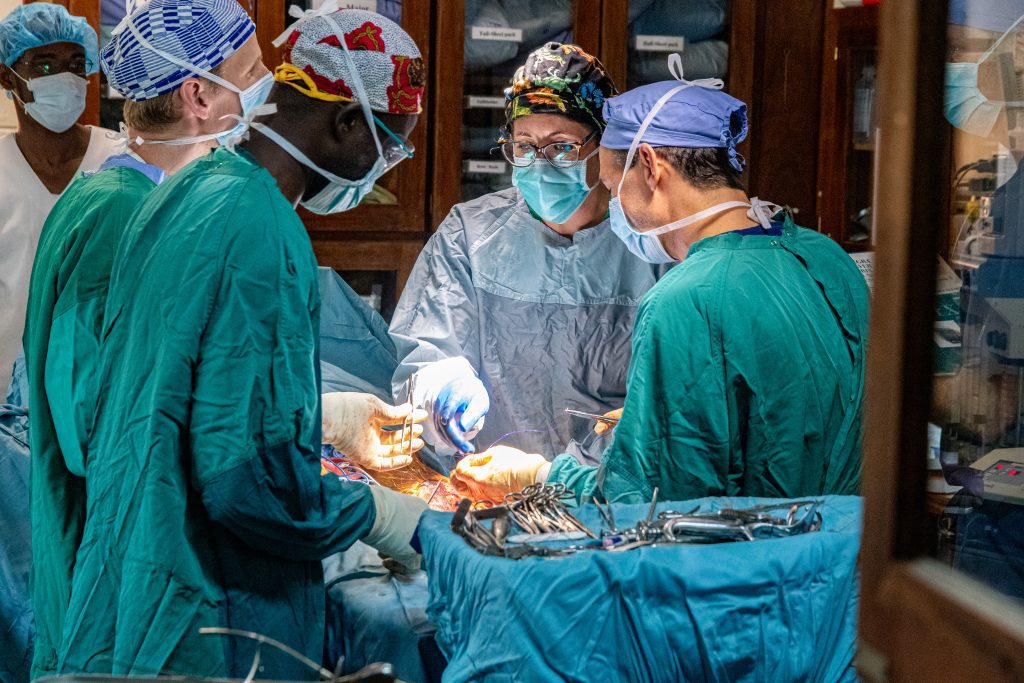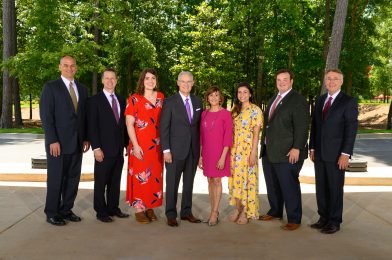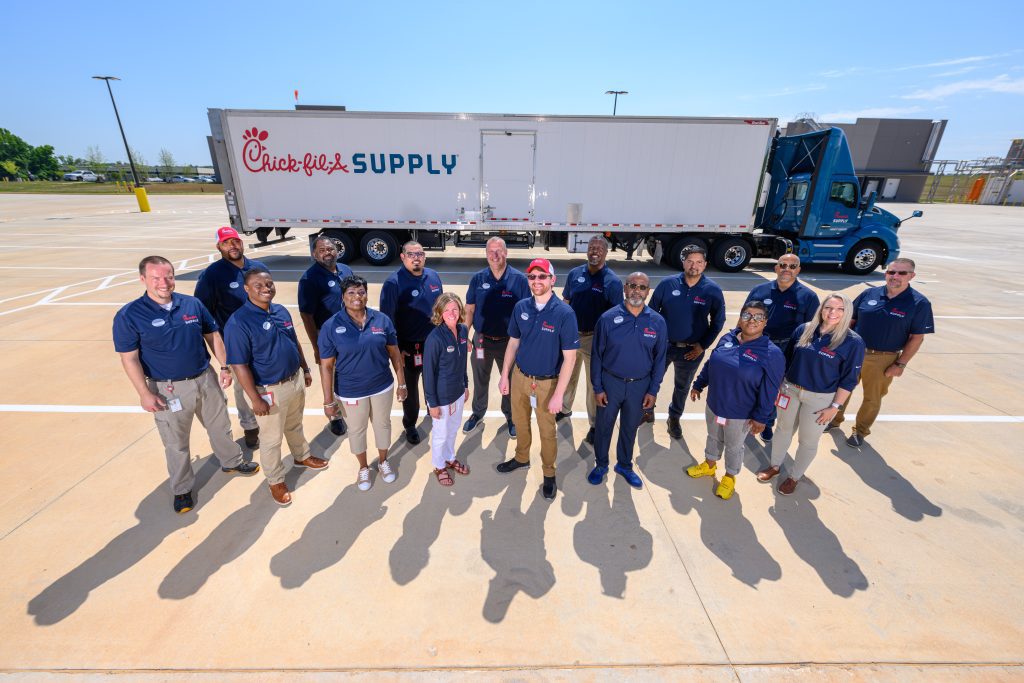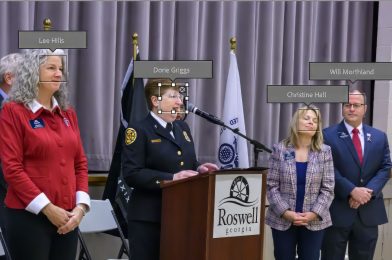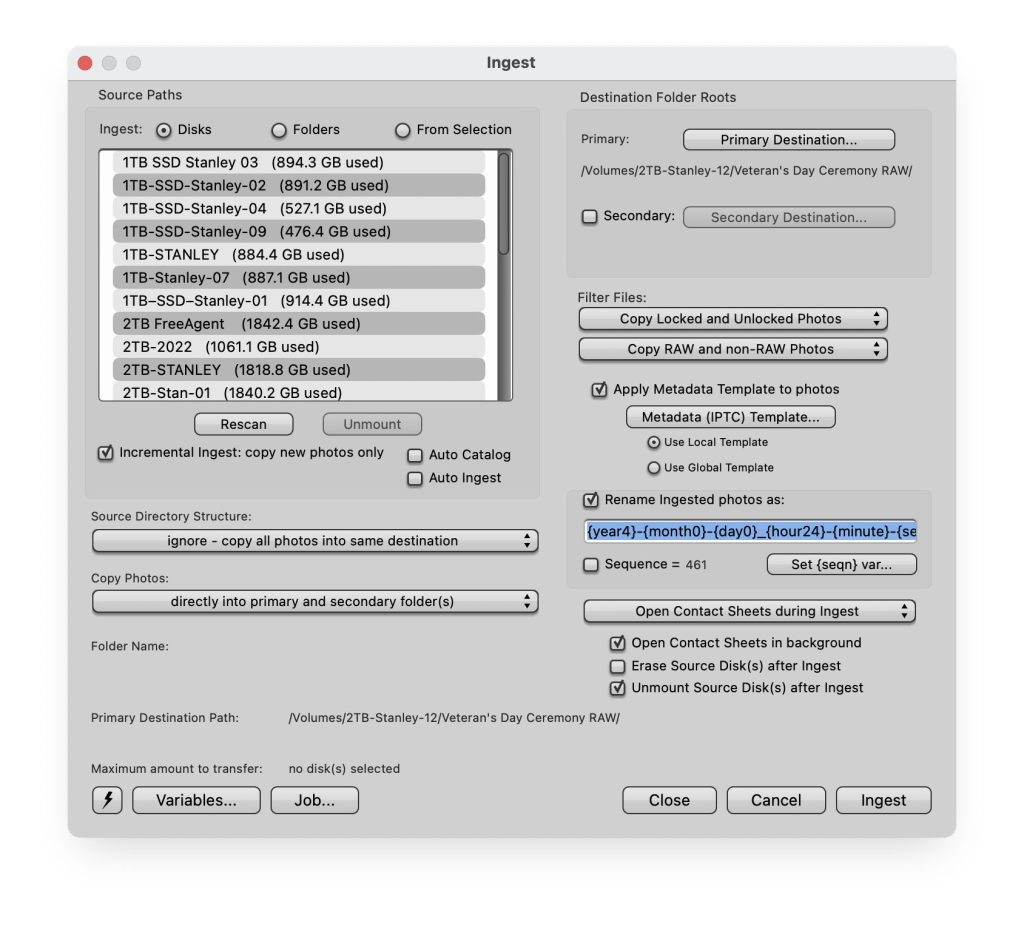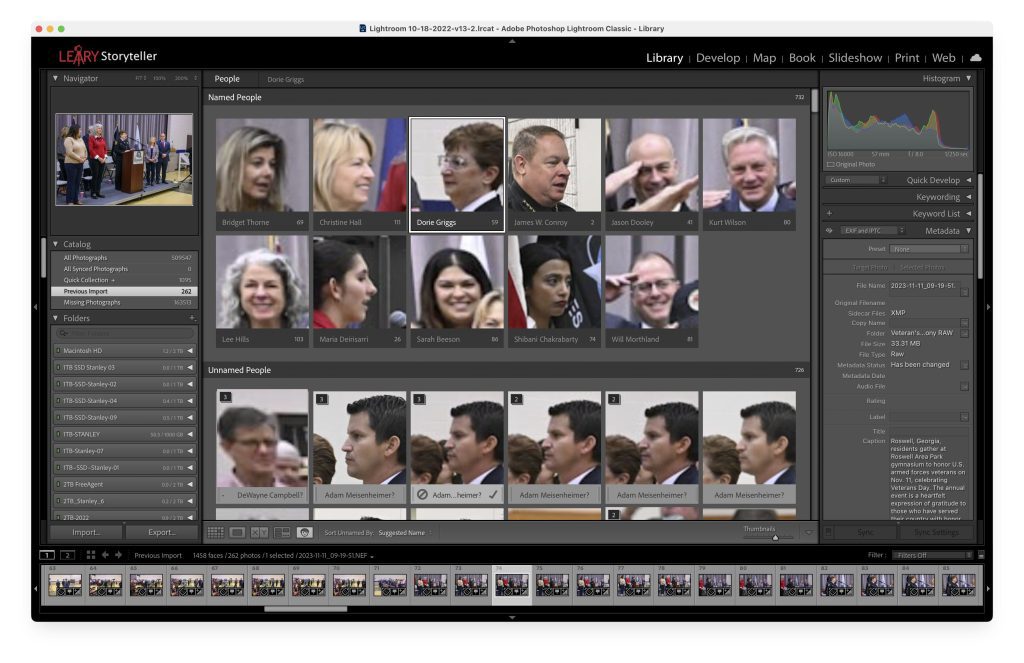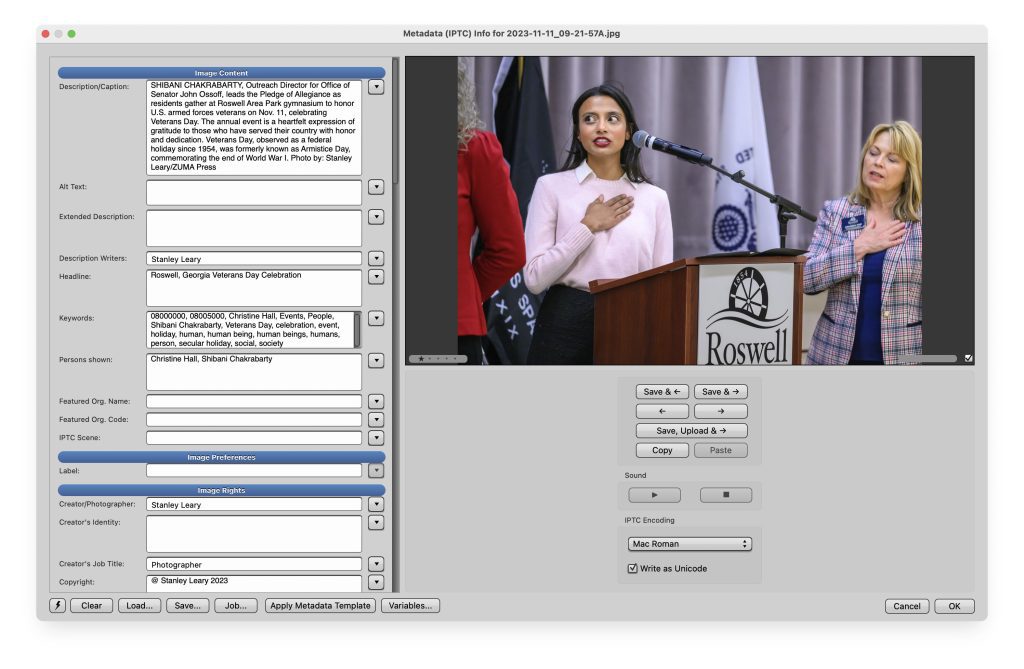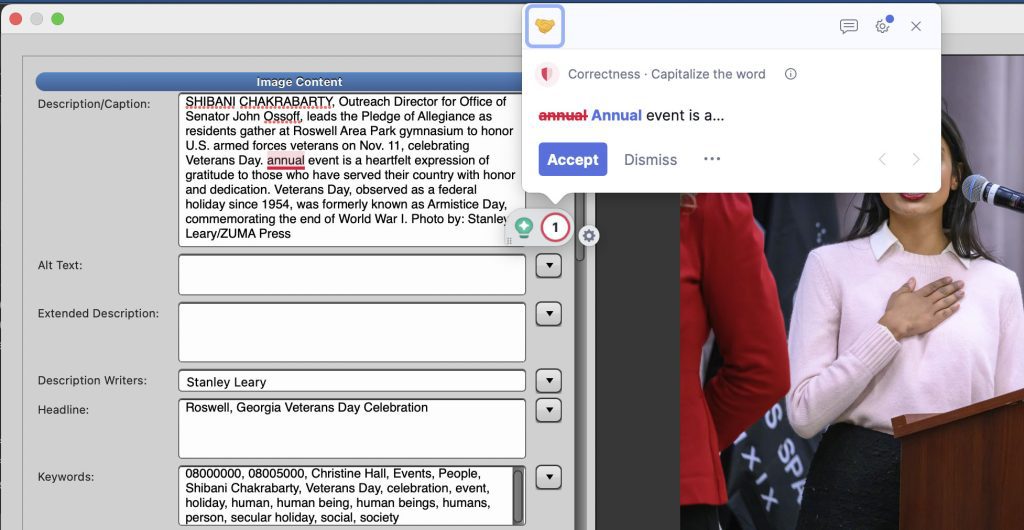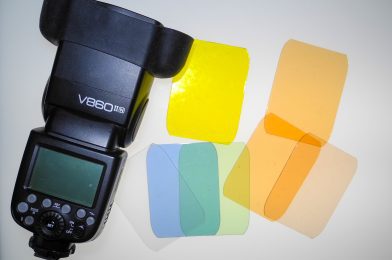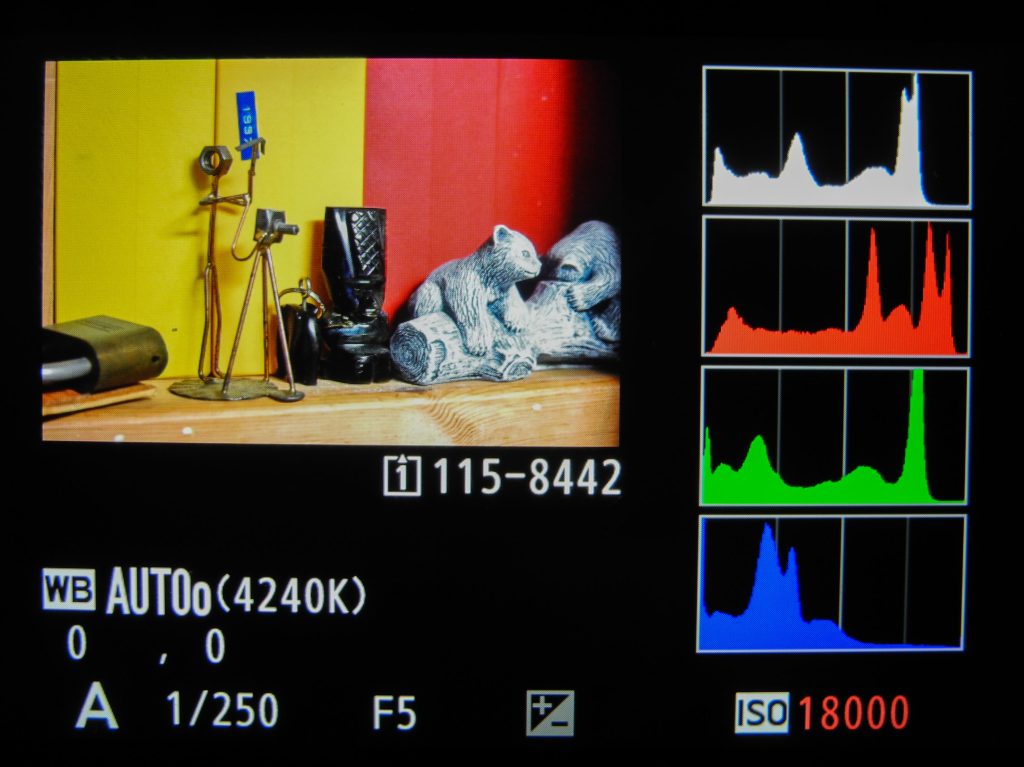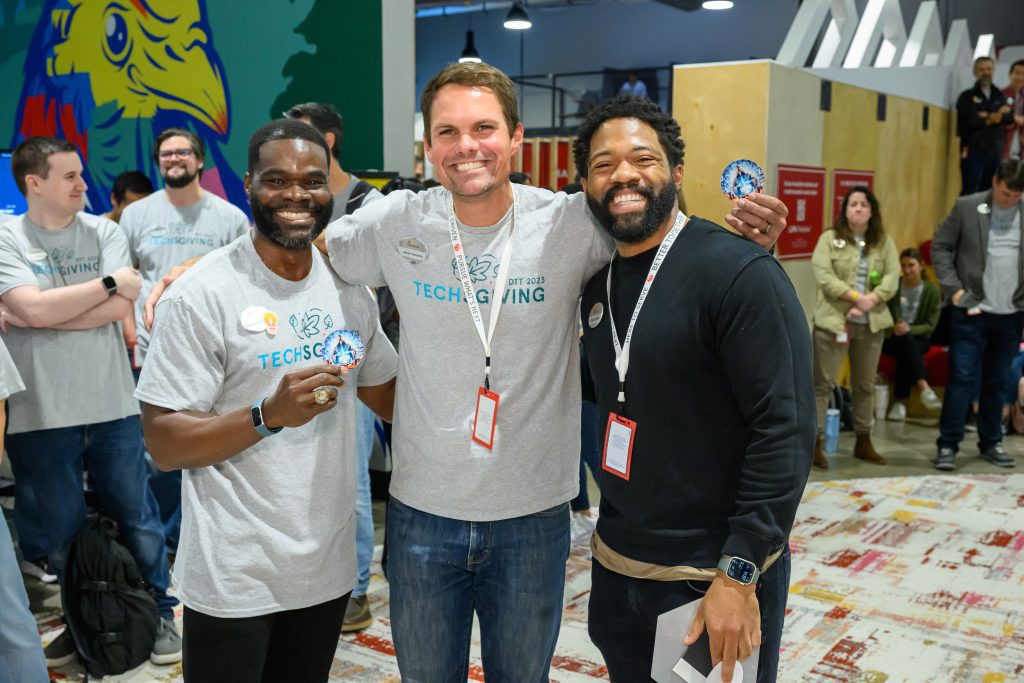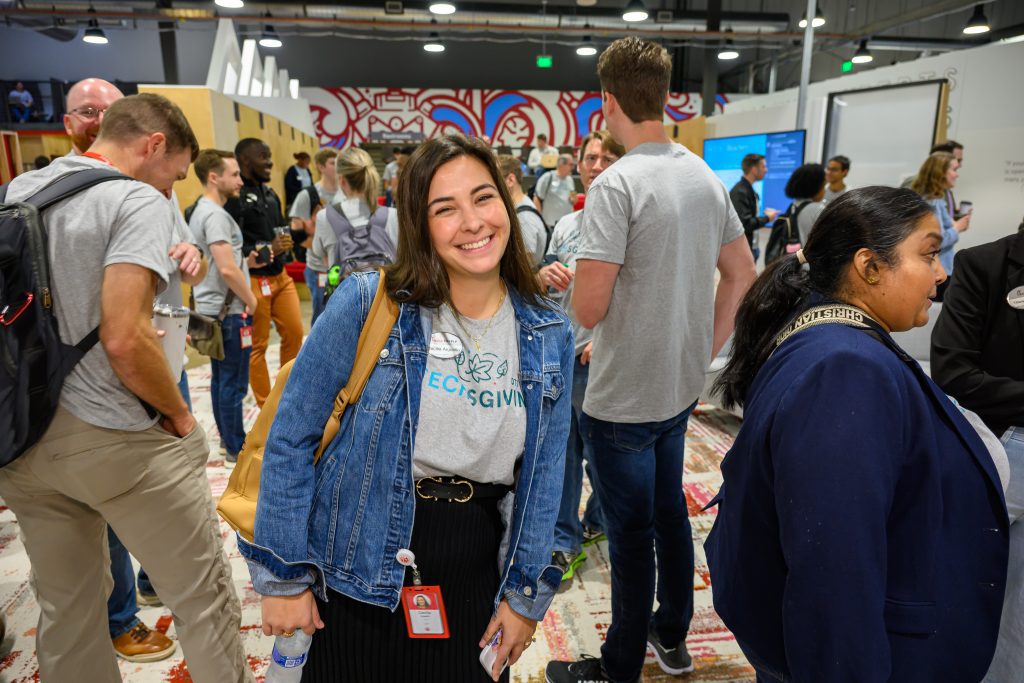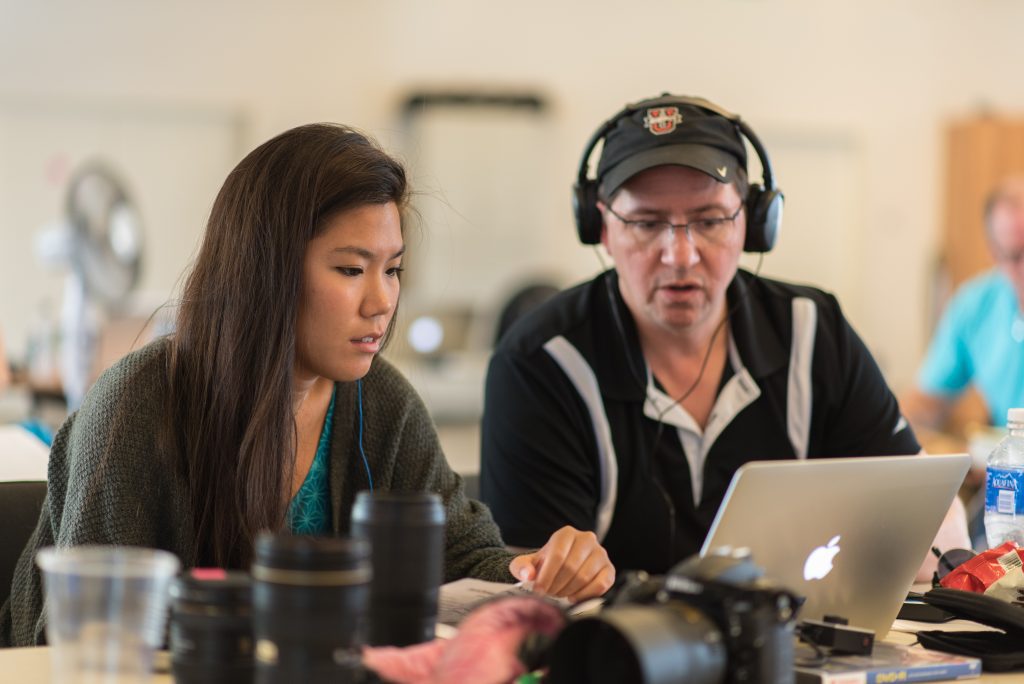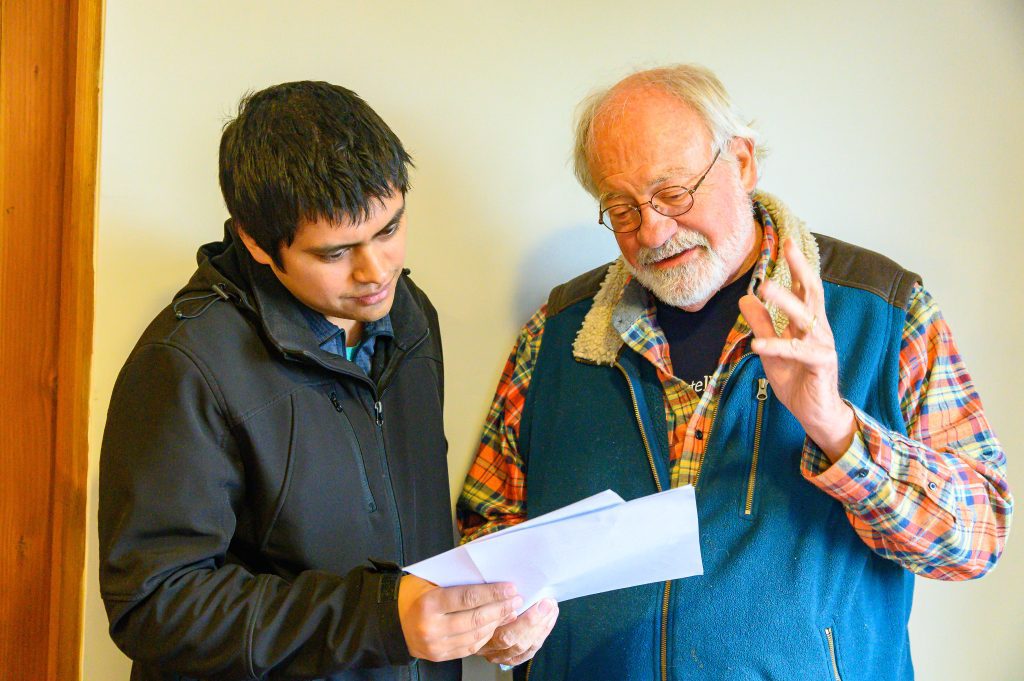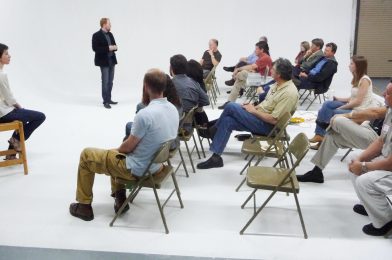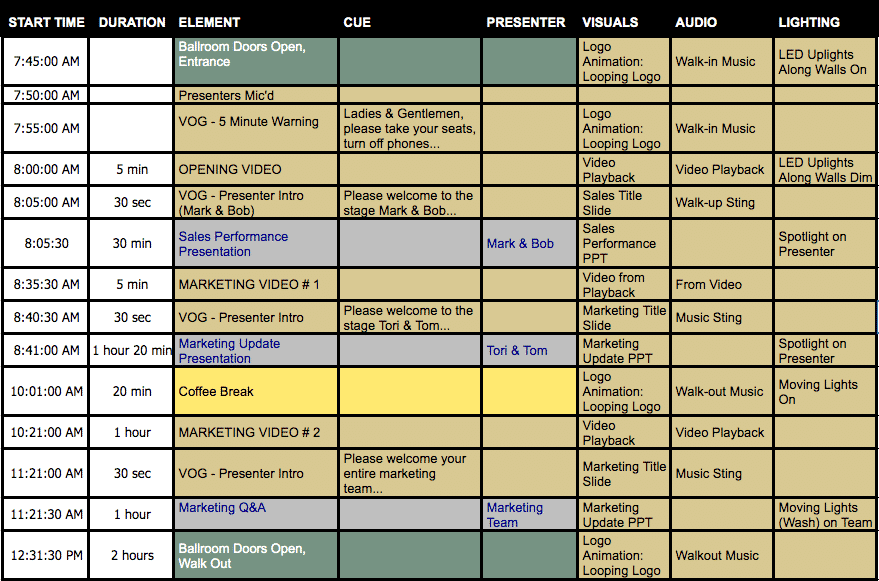Family photos are more than just images; they’re cherished memories frozen in time. Choosing the right style can beautifully encapsulate the essence of your family’s unique dynamics, personalities, and moments. Let’s delve into various styles to consider for your next family photoshoot.
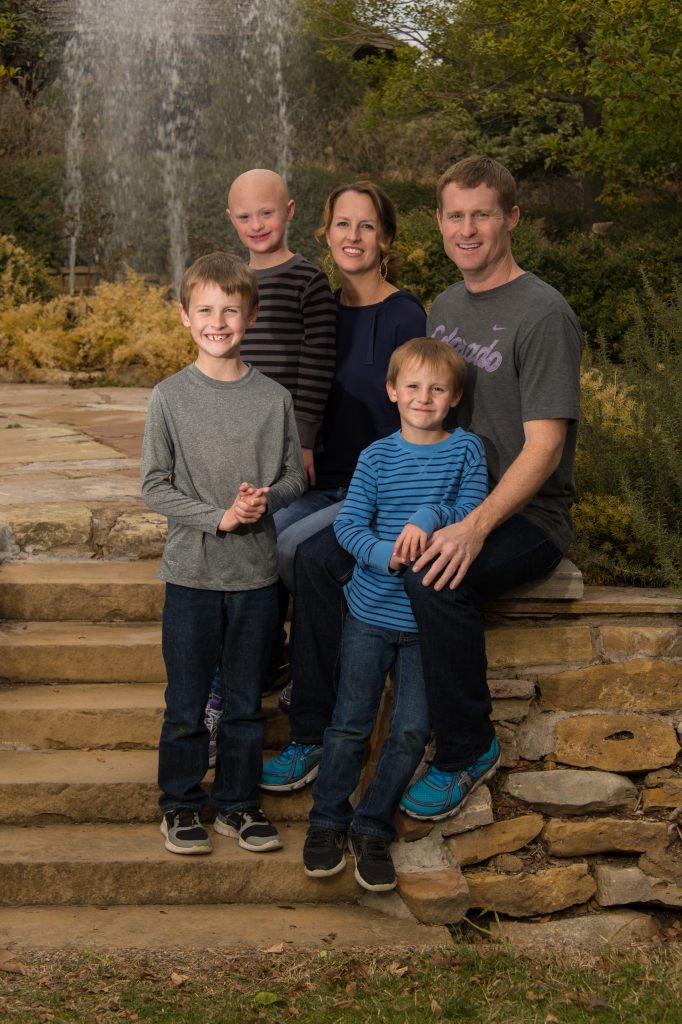
Traditional/Formal: Opt for posed portraits in a studio or specific location for a timeless appeal. This classic style captures everyone smiling at the camera, creating a lasting, formal image.
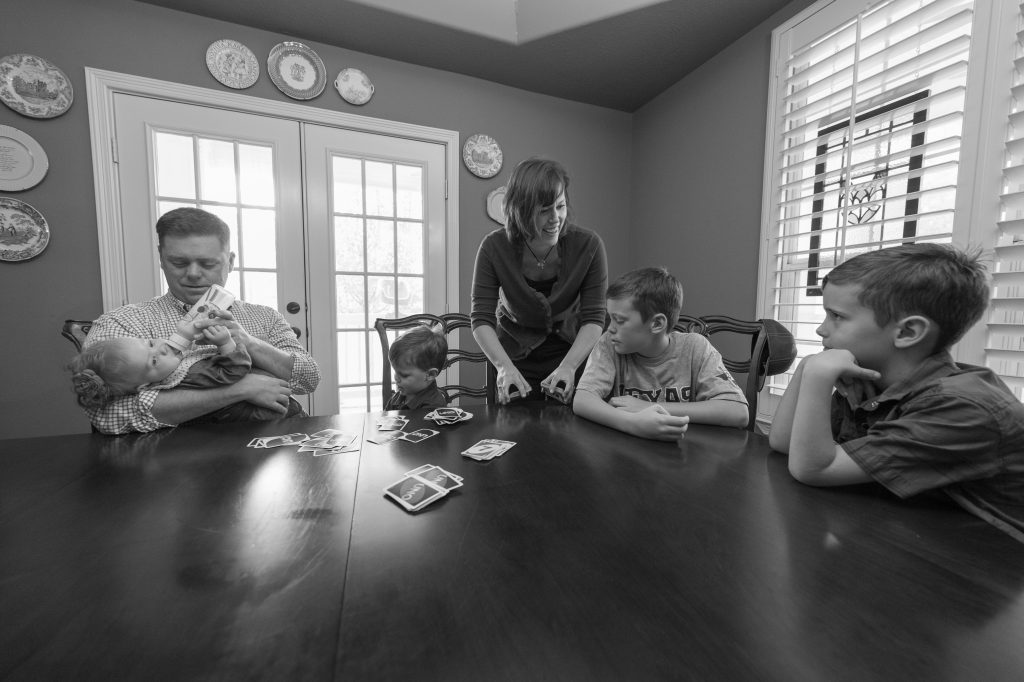
Candid/Photojournalistic: Seeking authenticity? Candid shots capture natural interactions and emotions without staging, portraying the genuine essence of your family in familiar settings like home or outdoors.
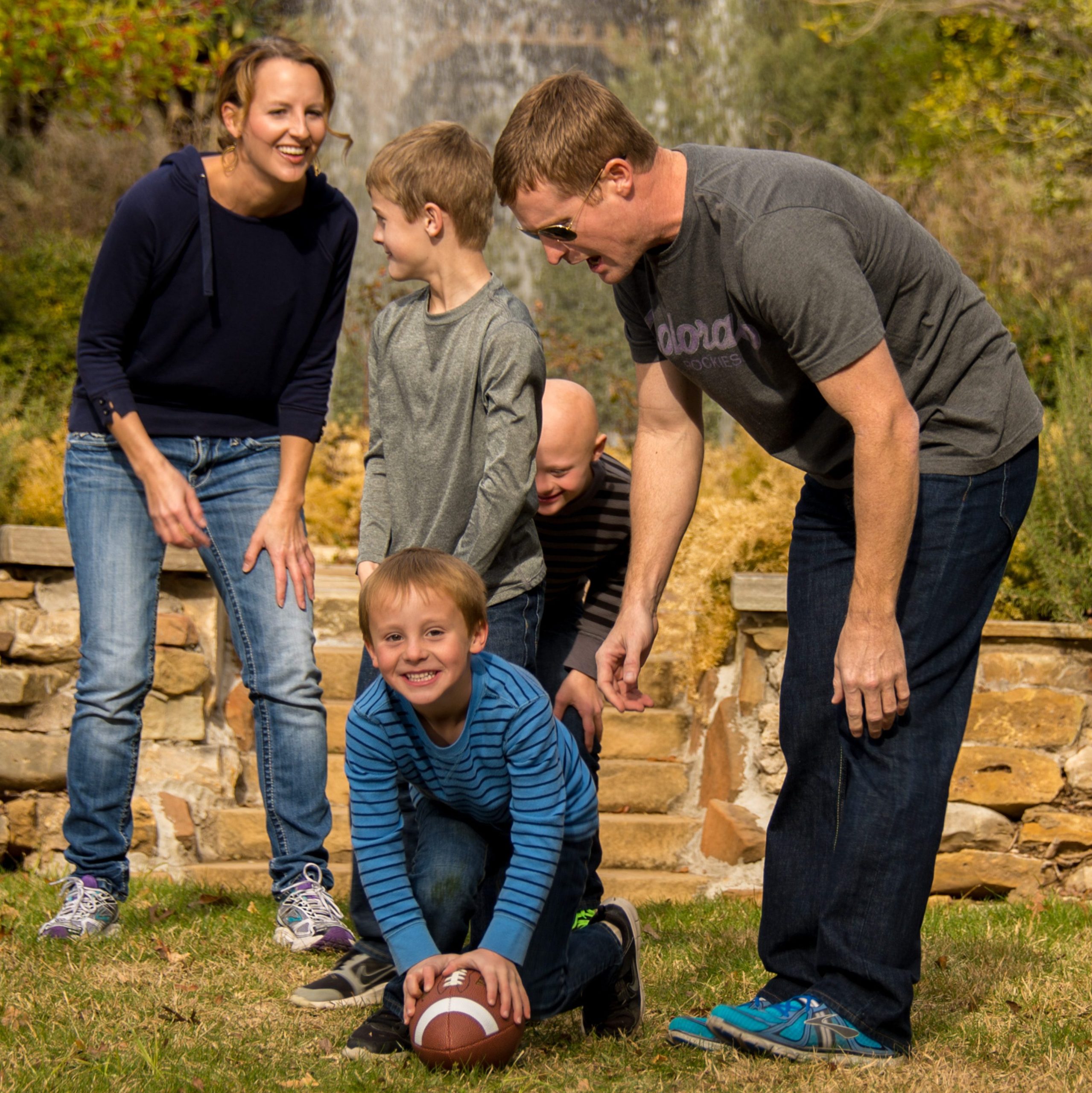
Lifestyle: Similar to candid photos but with a touch of curation, lifestyle photography captures authentic moments in a styled setting. It reflects your family’s daily life, often taken at home or places of significance.
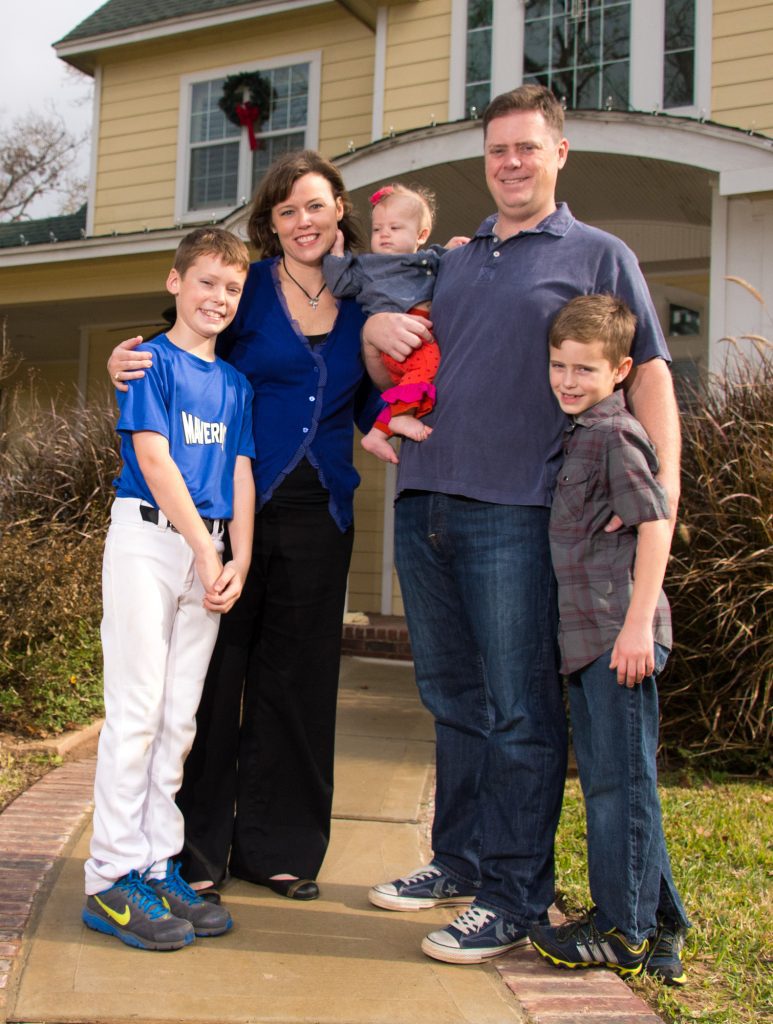
Outdoor/Nature: Embrace the beauty of the outdoors with photoshoots in parks, beaches, or gardens. The natural backdrop adds a scenic charm to your family portraits.
Studio/Backdrop: Utilize various backgrounds or props in a studio setting to create themed or atmospheric photos, adding a creative touch to your family album.
Black and White: Timeless and emotive, black-and-white photos highlight expressions and emotions, offering your family portraits a classic and elegant vibe.
Action/Activity-based: Capture the vibrancy of your family dynamics by engaging in activities you love. Whether playing games or cooking together, these shots reflect your shared joy and togetherness.
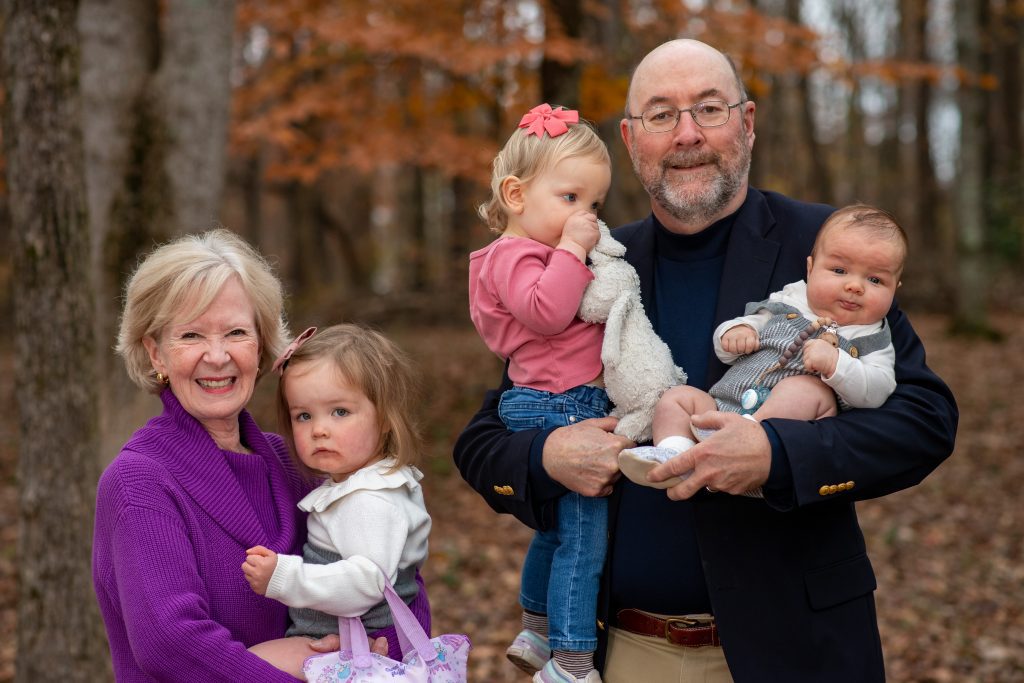
Generational: Highlight the bond between different family generations. Showcase the love and connection between grandparents and grandchildren for heartwarming moments.
Seasonal/Holiday: Infuse your photos with seasonal themes or holiday elements. Whether it’s a snowy backdrop for winter or festive props for holidays, these photos exude warmth and cheer.
Documentary Style: Document everyday moments, no matter how seemingly ordinary. This style preserves the essence of your family’s daily life, capturing the beauty in the mundane.
Remember, the chosen style should align with your family’s personality, the purpose behind the photoshoot, and the emotions you wish to evoke. Each style offers a unique way to freeze moments in time, ensuring your family memories are beautifully preserved for years to come.



